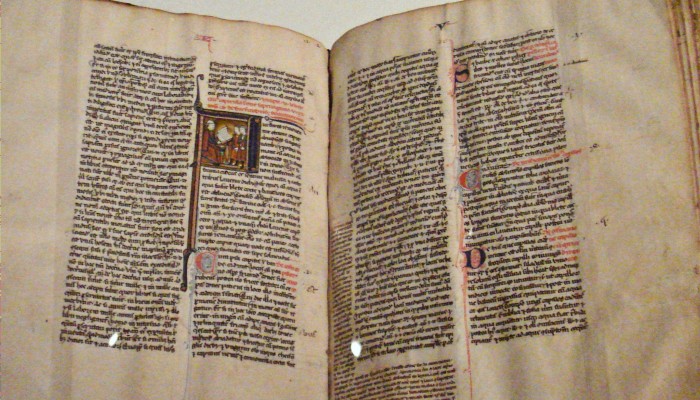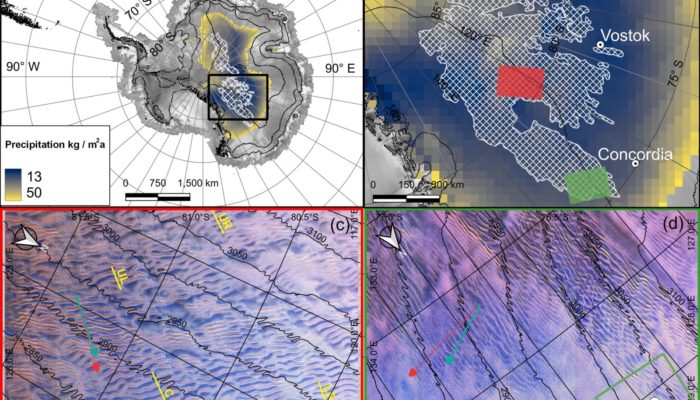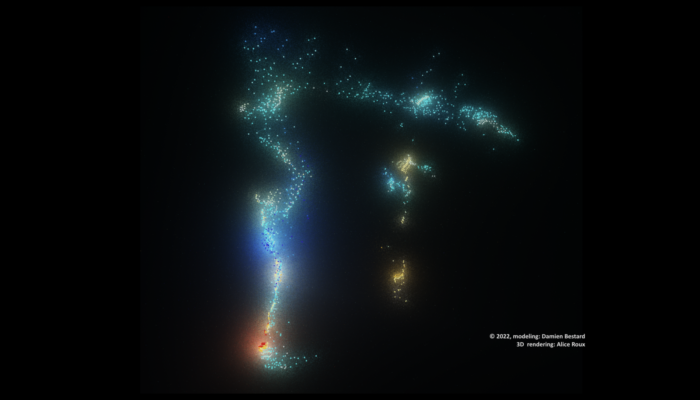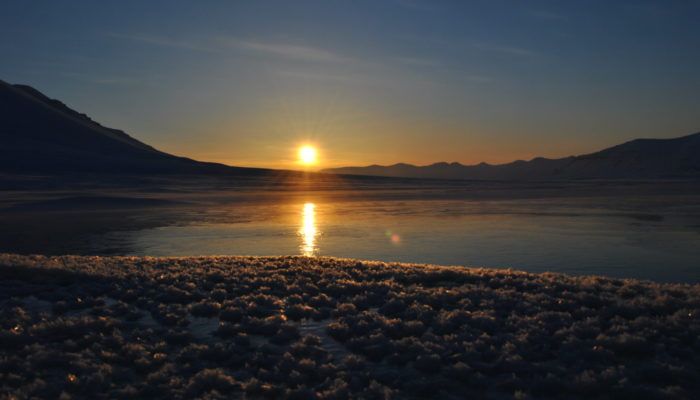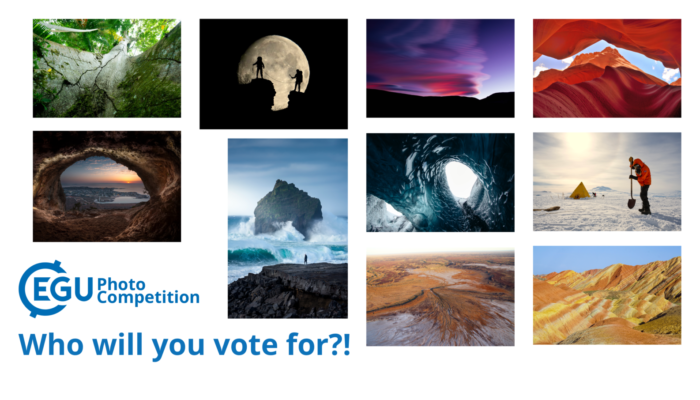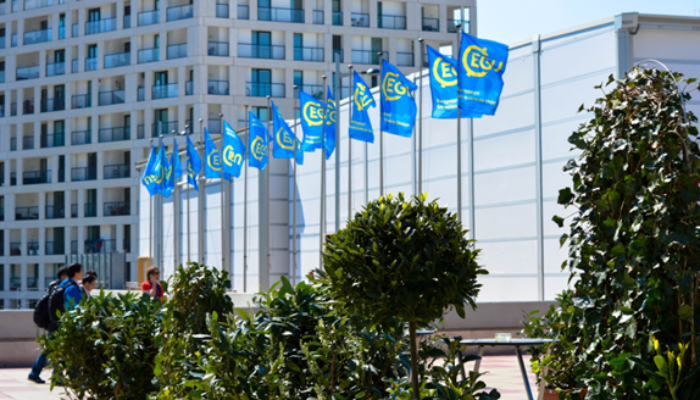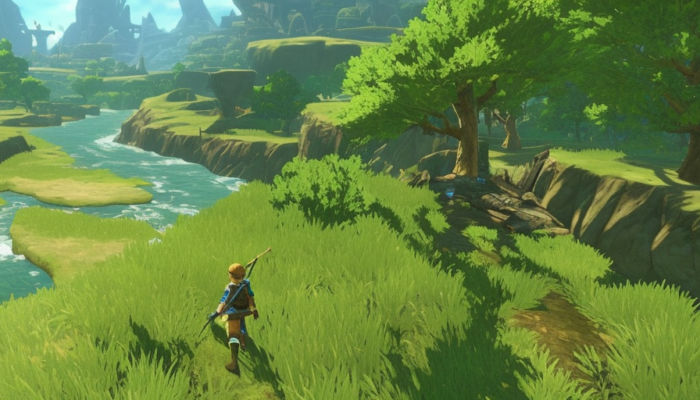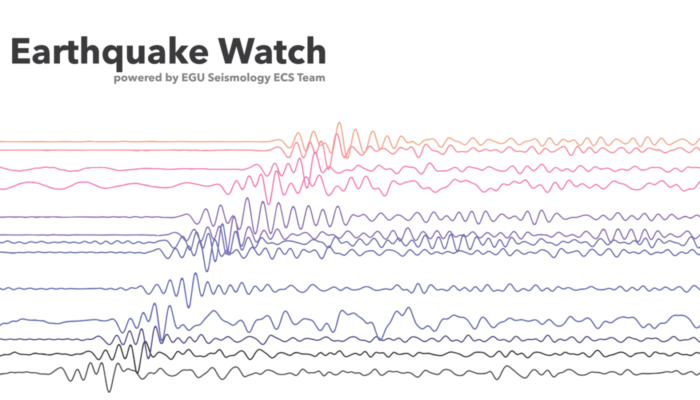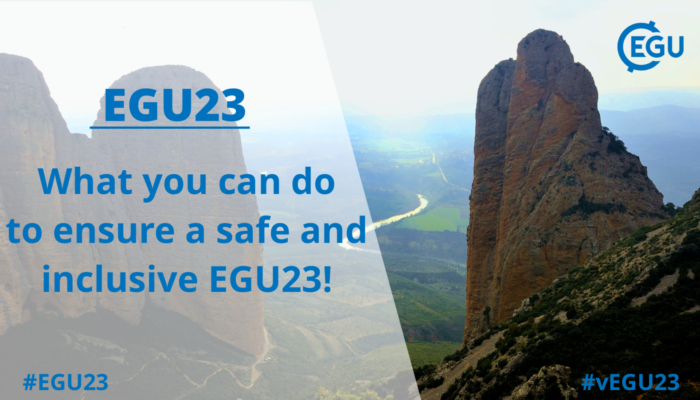Dearest reader, on this day, six years ago, we published our very first blog post, stating our geodynamission: our plans for this new geodynamics division blog. From that day onwards, I have had the absolute privilege of being your Editor-in-Chief. But all good things must end and so does my term of being the Editor-in-Chief. Before I say my final goodbyes, let’s take a trip down memory lane ...[Read More]
If you didn't find what you was looking for try searching again.
Geochemistry, Mineralogy, Petrology & Volcanology
Elemental etymology – what’s in a name?
Like many scientists in the GMPV sphere, I work a lot with geochemistry – using chemical elements and their differing behaviours, abundances or isotopes as tools to understand Earth processes. While staring at the periodic table, something that’s always niggled at me is where the names of these come from: why is the stuff we breath called oxygen and the sand on the beach made of silicon? Even more ...[Read More]
Cryospheric Sciences
Did you know about Antarctic snow megadunes?
When we think of dunes our thoughts automatically go to deserts and sand. But on Earth, as well as on other celestial bodies of the solar system, dunes exist also in a completely different environment. I am talking about gigantic dunes consisting of snow. On Earth they are called megadunes and you can find them only in East Antarctica, where they extend for thousands of km. If you want to know mor ...[Read More]
GeoLog
The varying composition of a single bolt of lightning
Until recently, scientists assumed lightning had a homogeneous distribution of energy inside its channel. But researchers like Damien Bestard, a PhD student with the Sorbonne Université have found that the composition of each bolt is quite variable. Bestard presented his findings at the European Geosciences Union General Assembly EGU23 on Monday (April 24). As part of his research, Bestard measure ...[Read More]
Cryospheric Sciences
Did you know the mystery of the ice-cold rose?
Darkness. Freezing cold. Thin layers of ice cover the wide Arctic Ocean. It is the time of the last dusk. You can almost see Fenris wolf chasing the sun to devour it, almost hear his howling as darkness falls. Fimbulwinter has arrived. But what is this? A flower? Out here on the Arctic Ocean? This is strange, so let us take a closer look at the mystery of the ice-cold rose. Where the Wild Roses Gr ...[Read More]
GeoLog
EGU23 Photo Competition finalists – who will you vote for?
This year’s Photo Competition judging panel did a fantastic job of narrowing down the outstanding photo submissions to the EGU’s Photo Competition to just 10 finalists! The finalist photos are listed below and on the Imaggeo website where you can vote for them from Sunday 23 April until Thursday, 27 April 2023 – voting closes at 18:00 CEST. The three photos with the most votes will be ...[Read More]
Natural Hazards
The EGU23 bucket list for Natural Hazards Early Career Scientists
The European Geoscience Union (EGU) General Assembly (GA) is a precious occasion to create new connections and receive new stimuli to feed your own research, specifically for those in the early stages of their career. Nevertheless, the occasions for networking and scientific discussion can be so many, that it could be difficult to choose what to attend. As a junior researcher and early career scie ...[Read More]
Hydrological Sciences
The Legend of Zelda: A Link to Learning Hydrology?
Can we learn about hydrology through video games? Plenty of educational video games exist specifically to teach scientific concepts, but lots of these games are not particularly fun. But can popular commercial-off-the-shelf (COTS) video games fulfill the same function of teaching players scientific concepts through tangential learning as a secondary benefit to enjoying the game? Existing peer revi ...[Read More]
Seismology
Earthquake Watch: The 6 February 2023 Kahramanmaraş Earthquakes – A catastrophic day for Turkey
Assoc. Prof. Dr Onur Tan from Istanbul University-Cerrahpasa outlines the 6 February 2023 Kahramanmaraş Earthquakes for the Earthquake Watch. February 6, 2023, was a catastrophic day for Turkey. The most destructive earthquake in the last century, Mw 7.8, hit the eastern part of the country at 04:17 local time. Unexpectedly, the second Mw 7.5 mainshock shook the region nine hours later. The mainsh ...[Read More]
GeoLog
What you can do to ensure a safe and inclusive EGU23!
It is true that academic gatherings like scientific conferences can offer great opportunities for career advancement, such as building stronger networks, highlighting your research, and finding new opportunities for collaboration. Unfortunately, many conferences are not equally inclusive to all (see the image below) and can pose as unsafe environments for presenters and participants. With EGU23 on ...[Read More]


